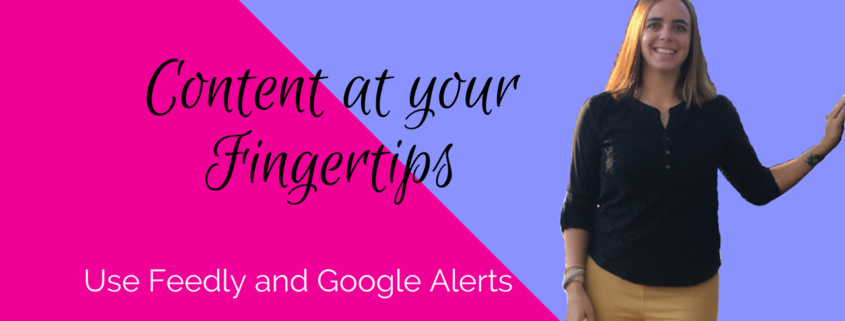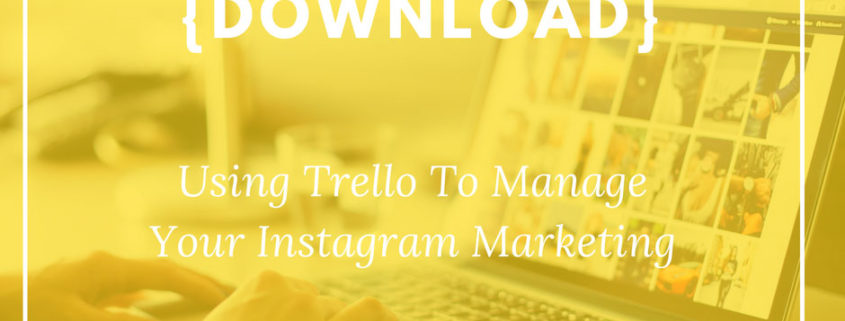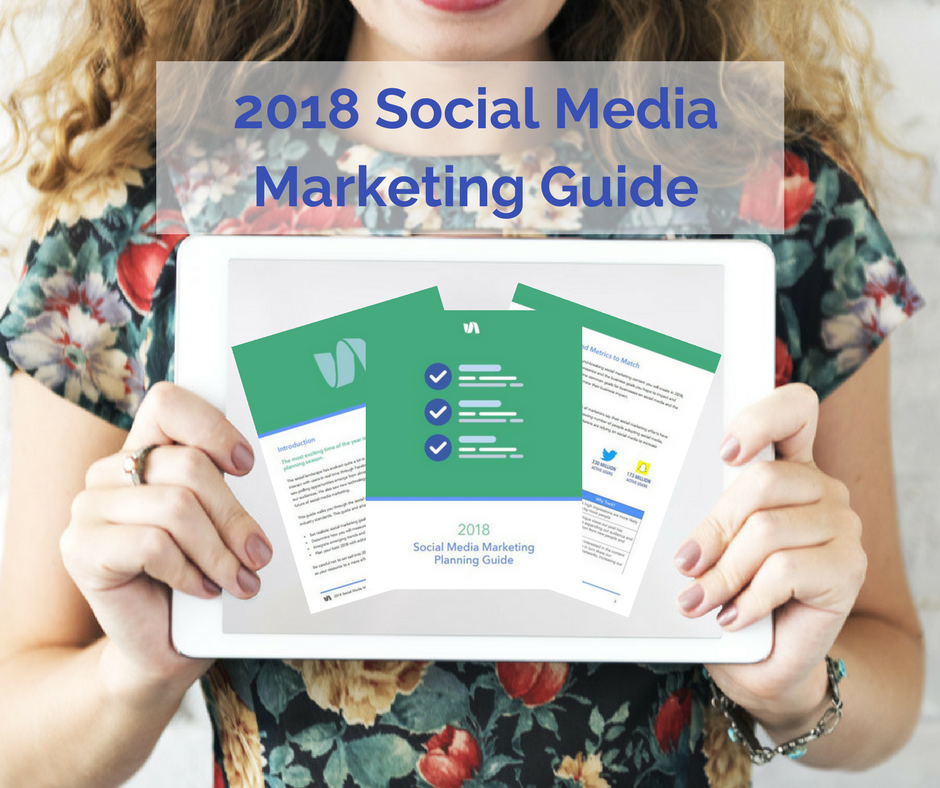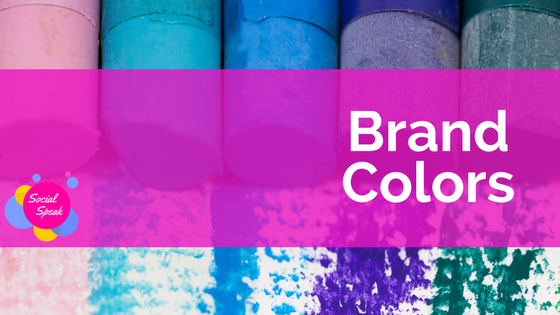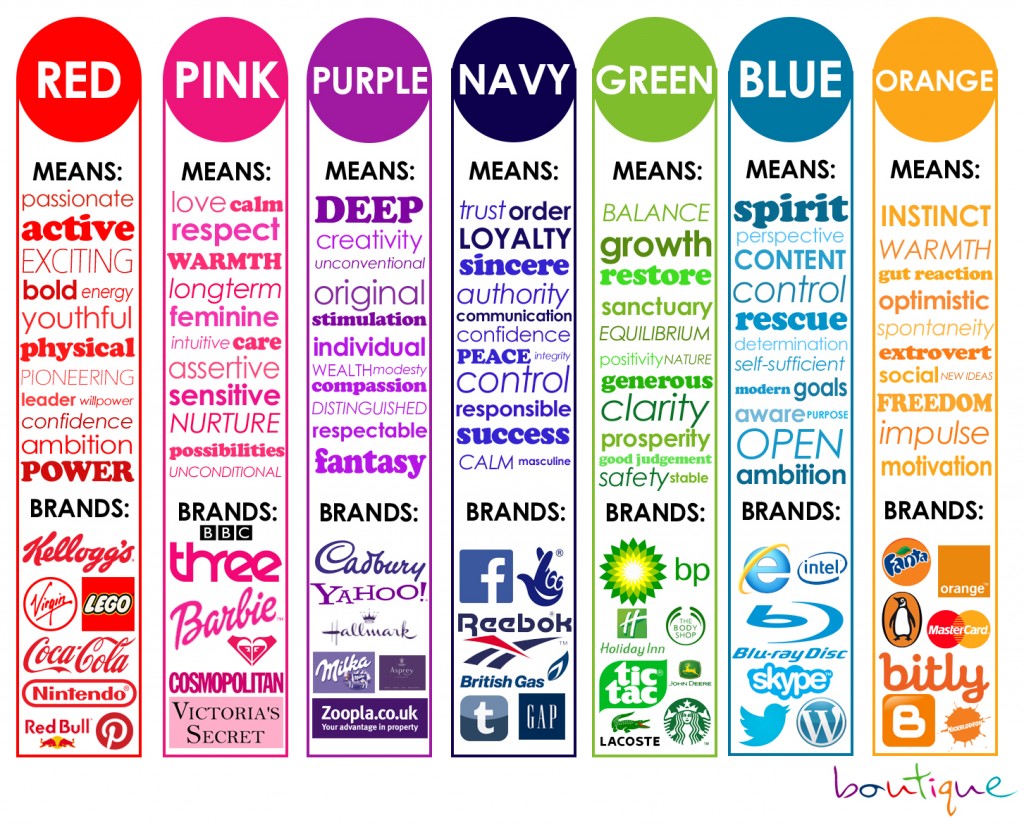With Search Engine Optimization becoming more and more difficult as competition continues to emerge, your business can set itself apart by Podcasting and Video Marketing.
4 Reasons Why Your Business Needs to be Podcasting
Podcasts are a powerful marketing tool. Over the years, it has garnered immense popularity, with more and more businesses discovering how it can benefit their company. If you still haven’t incorporated podcasting into your marketing campaign, then you’re losing out on a lot of business opportunities.
Here are 4 reasons why your business needs to be podcasting.
Brand awareness
As mentioned above, podcasting is a powerful marketing tool. It can help you reach new audience, drive traffic to your site, and even build a community. By broadcasting podcasts regularly, it will help develop your company’s brand to make it a household name.
Simplicity
A lot of people are put off by the seemingly confusing technical aspects of recording a podcast. Producing a podcast is not as complicated as what most people think. You do not need a lot of money either to start a podcast.
To start, all you need is a microphone, a headset, a recording device, and editing software. A good wifi connection is also important for uploading the files.
Easy to consume
Humans have a very short attention span. In fact, an average person has an average attention span of 8 seconds. If you want to get your message across, then you need to make it easier for your audience to consume and understand what you’re trying to say. Podcasts can help you do that.
A 1,500-word article may provide your audience the information they need. However, not everyone will have the patience to read through the entire article. With podcasts, you can convey the message in a more interactive way. Plus, people can listen to podcasts during their commute or while doing other things at work or at home.
Build better relationship with your audience
Podcasts provides a more personal way of getting information. Instead of just reading content on your blog or email, they get to hear your voice through podcasts. This makes your brand more personable. Overtime, people will be more familiar of your voice and presentation style.
Building a relationship with your audience helps in building trust. Once you gain their trust, it would be easier for you to turn them into paying customers. After all, people are more likely to buy something from someone they trust.
4 Reasons Why Your Business Should Use Video Marketing
The use of video in content marketing is on the rise. A lot of businesses are centering their marketing strategies on videos to present content in a more personal, compelling way.
Here are 4 reasons why your business should use video marketing.
Capture the attention of people
Among the different types of content, video content seem to be the most effective in capturing people’s attention. With the sheer amount of new content being published on a daily basis, it can be difficult to cut through the noise. For some people, reading a long blog post can be boring. In an age of short attention span, video makes it easier for time-constrained viewers to consume and digest complex content in a shorter amount of time. If you want to capture the attention of your target audience, try creating more videos.
Higher engagement
According to a study that was conducted by Moz, videos get a lot more engagement as compared to other types of content such plain text posts or photos. In the said study, they revealed that posts with videos receive nearly 300% more inbound links.
There are numerous types of videos that you can use for your business. You can create demonstrations, animated explainer videos or how-to videos. You may also compile photos and videos from people who use your products and use it to promote your products. No matter what video you choose, make sure that the videos you create are congruent with your overall style and ethos of your brand.
Improve SEO
Contrary to what most people think, Google doesn’t just use text-based content to assess the relevancy of your web page to a specific keyword. It also takes into account other types of content you use, including photos, videos, and a combination of text and photos.
For best results, we suggest that you include a transcript of your video. Not only will it be beneficial for your audience; it can also help search engines to understand the relevancy of the video. Also, don’t forget to include the keywords in your video’s meta tags.
Video is mobile-friendly
Most people do almost everything on their smartphone. They use it to communicate with their family, friends, and colleagues, research information, schedule meetings, and even order a pizza. Almost half of the adult population say they can’t live without their smartphones.
In today’s digital world, videos can easily be accessed with a click of a button. By incorporating videos to your marketing strategy, you get to communicate your desired message and encourage your desired action.

